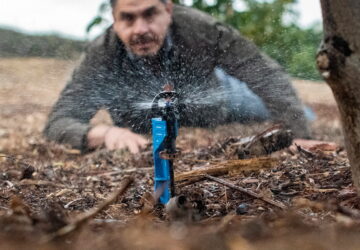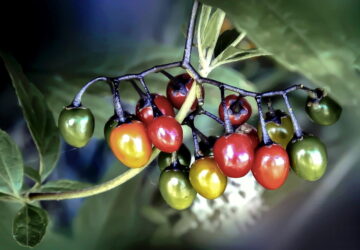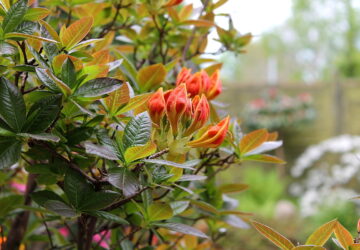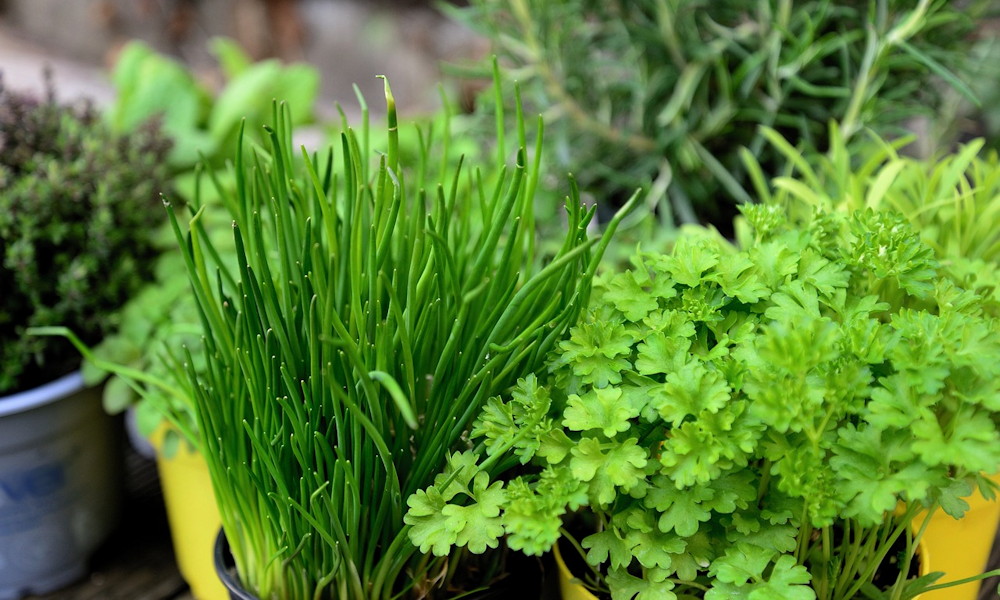Embarking on the journey of container gardening can be both exciting and rewarding. Whether you have limited space or simply prefer the convenience of container gardening, mastering the basics is key to nurturing thriving plants. Here are seven essential tips to set you on the path to container gardening success:
1. Avoid Overcrowding
Container gardening demands consistent care, from watering to nutrient management. Resist the urge to overcrowd your containers with too many plants at once. By keeping your plant selection manageable, you’ll ensure each receives the attention it deserves, leading to healthier growth and reduced maintenance efforts.
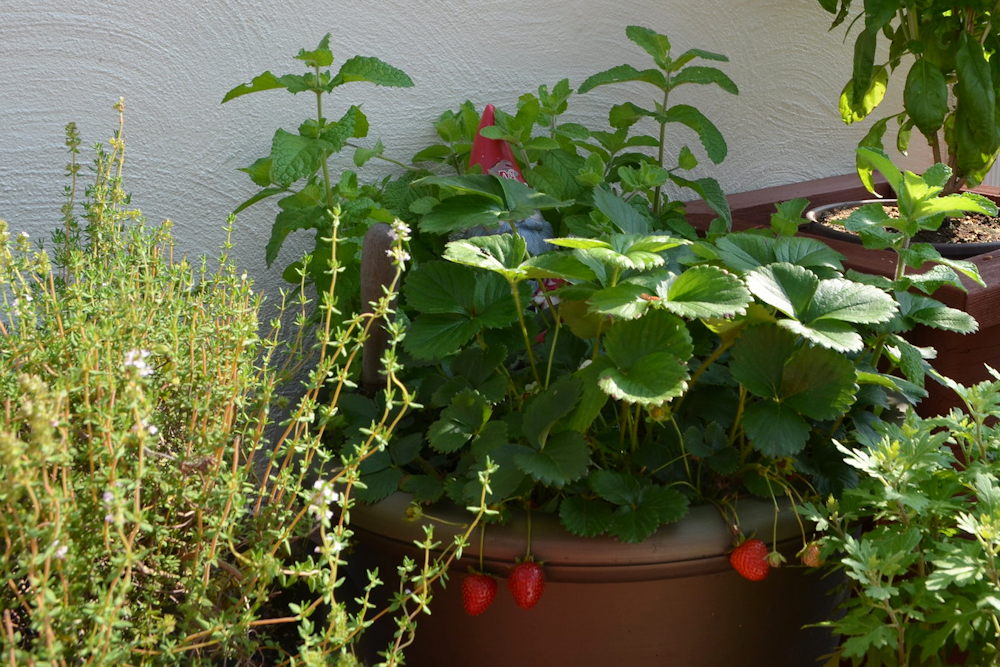
2. Select the Right Containers
Choosing the appropriate container is fundamental to your plants’ well-being. Opt for containers with drainage holes to prevent waterlogging, essential for promoting healthy root development. Additionally, consider the depth and width of the container based on the plants you intend to grow. Deep pots are ideal for root vegetables and tall plants, while shallow containers suit fast-growing herbs and leafy greens.

3. Invest in Quality Planting Mix
While it may be tempting to use soil from your backyard, investing in a high-quality planting mix is crucial for container gardening success. Garden soil tends to be dense and compact, hindering proper drainage and aeration. Select a lightweight planting mix with excellent drainage properties, ensuring optimal moisture retention without suffocating the roots.
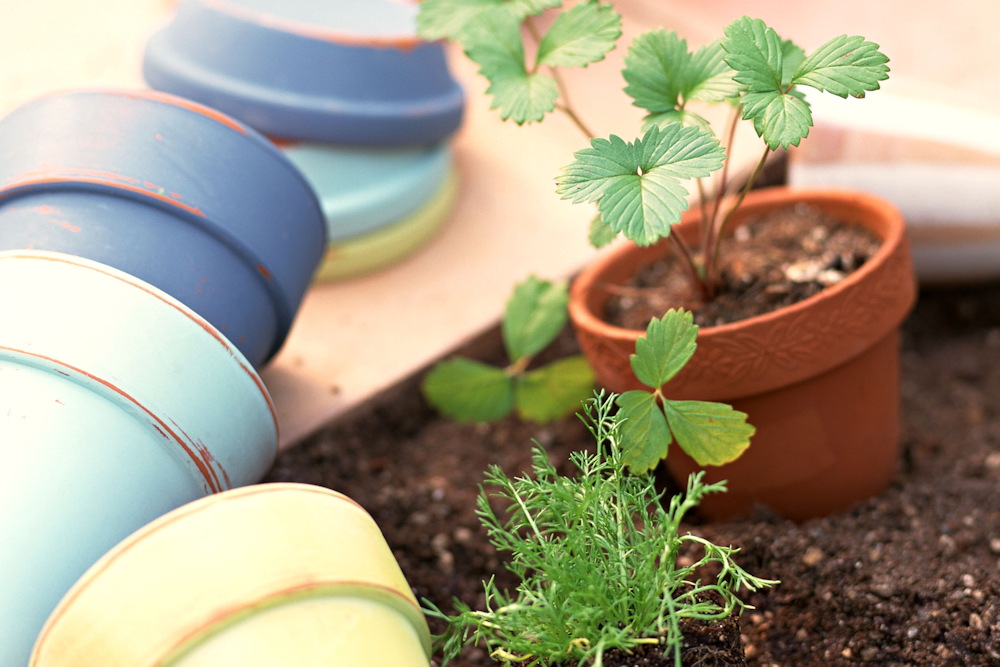
4. Optimize Sunlight Exposure
Sunlight is essential for plant growth, with most vegetables requiring a minimum of six hours of sunlight daily. Choose a sunny spot for your containers to bask in ample sunlight, promoting robust growth and bountiful yields. If your available space is shaded, fear not – many edible crops thrive in partial shade, including chives, kale and leafy greens.

5. Master the Art of Watering
Proper watering is critical for container gardening success, striking a balance between hydration and avoiding waterlogged soil. Monitor your plants regularly, watering when the soil feels dry to the touch at a depth of 2-3 centimeters (approximately 1-1.5 inches). Invest in a watering can and spray bottle for precise watering, ensuring your plants receive the moisture they need to flourish.
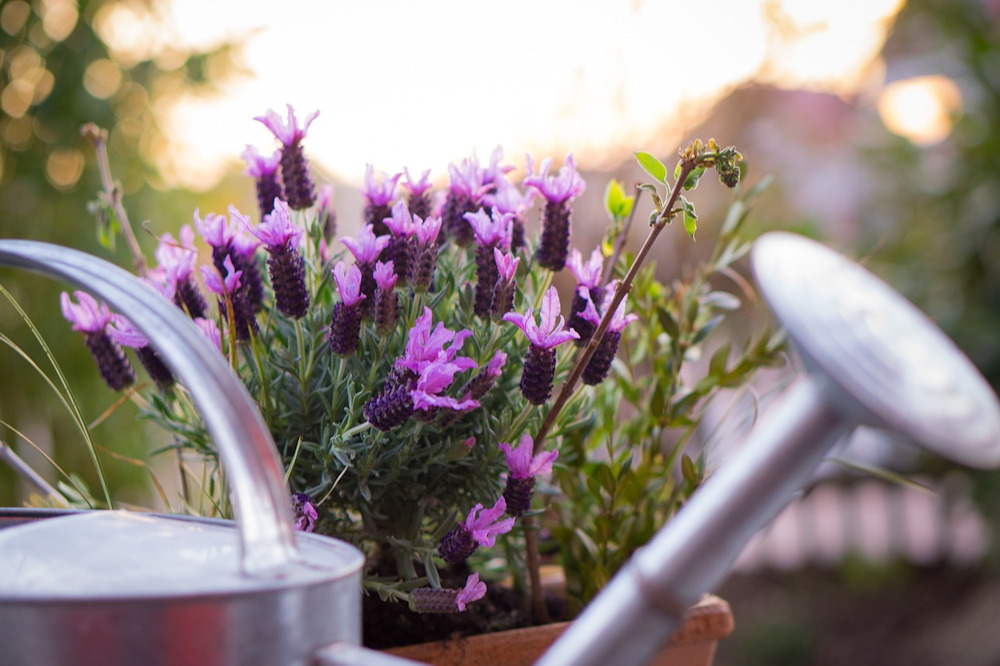
6. Nutrient Management
In container gardening, nutrients can quickly become depleted due to the limited volume of soil. Consider incorporating a slow-release fertilizer or supplementing with liquid fertilizer to replenish essential nutrients for vigorous plant growth. Regularly monitor your plants for signs of nutrient deficiencies, adjusting your feeding regimen accordingly.
7. Pest and Disease Control
Container gardens are not immune to pests and diseases. Stay vigilant and regularly inspect your plants for any signs of infestation or disease. Implement preventative measures such as companion planting and proper sanitation to minimize the risk of pest and disease outbreaks, ensuring your plants remain healthy and vibrant.
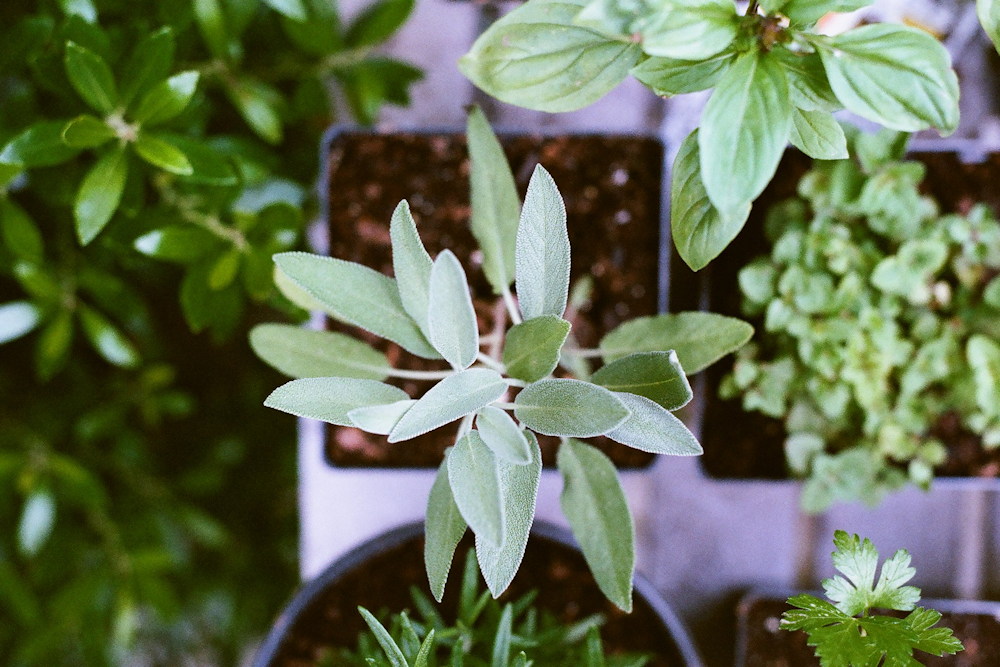
Cultivate Your Green Oasis
Embarking on your container gardening journey opens up a world of possibilities, from fresh herbs on your kitchen windowsill to bountiful harvests of homegrown vegetables. By mastering these essential tips and nurturing your plants with care and attention, you’ll soon cultivate a thriving green oasis that delights the senses and nourishes the soul. Happy gardening!
